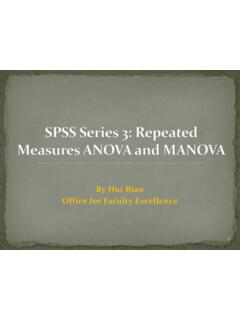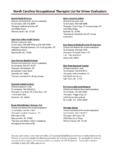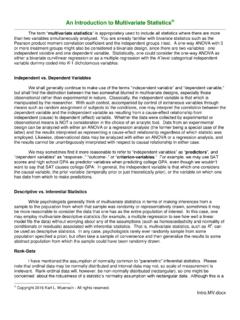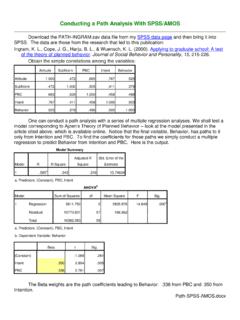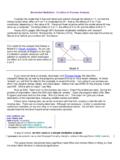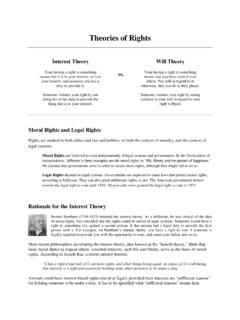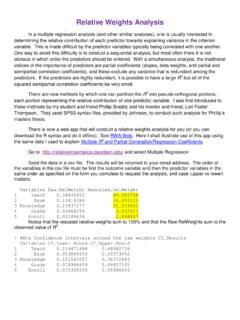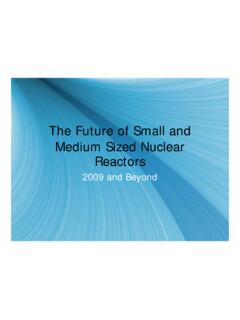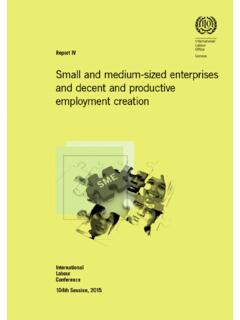Transcription of Cohen's Small, Medium, Large - PiratePanel
1 EffectSizeConventions Cohen s Conventions for small , medium , and Large Effects These conventions should be used with caution. What is a small or even trivial effect in one context may be a Large effect in another context. For example, Rosnow and Rosenthal (1989) discussed a 1988 biomedical research study on the effects of taking a small , daily dose of aspirin. Each participant was instructed to take one pill a day. For about half of the participants the pill was aspirin, for the others it was a placebo. The dependent variable was whether or not the participant had a heart attack during the study. In terms of a correlation coefficient, the size of the observed effect was r =.
2 034. In terms of percentage of variance explained, that is In other contexts this might be considered a trivial effect, but it this context it was so Large an effect that the researchers decided it was unethical to continue the study and the contacted all of the participants who were taking the placebo and told them to start taking aspirin every day. Difference Between Two Means* size of effect d % variance small .2 1 medium .5 6 Large .8 16 Cohen s d is not influenced by the ratio of n1 to n2, but rpb and eta-squared are. Pearson Correlation Coefficient size of effect % variance small .1 1 medium .3 9 Large .
3 5 25 Contingency Table Analysis size of effect w = odds ratio* Inverted OR small .1 .67 medium .3 .29 Large .5 9 .11 *For a 2 x 2 table with both marginals distributed uniformly. For odds ratios less than 1, the smaller the odds ratio the larger the effect. Either invert the odds ratio or use the benchmarks shown in the Inverted OR column. Chen, Cohen, and Chen recommend benchmarks based not on phi but rather on Cohen s d. As with phi, the benchmarks depend on the base rate. For example, when the base rate is 1%, they consider that an odds ratio of is small , is medium , and is Large . With a 5% base rate the benchmarks are , , and Ferguson (2009) recommended that and odds ratio of 2 is the recommended minimum effect size representing a practically significant effect for social science data, is a moderate effect, and is a strong effect.
4 ANOVA Effect size of effect f % of variance small .1 1 medium .25 6 Large .4 14 A less well known effect size parameter developed by Cohen is delta, for which Cohen s benchmarks are .25 = small , .75 = medium , and = Large . Multiple R2 size of effect f2 % of variance small .02 2 medium .15 13 Large .35 26 References Chen, H., Cohen, P., & Chen, S. (2010) How big is a big odds ratio? Interpreting the magnitudes of odds ratios in epidemiological studies. Communications in Statistics - Simulation and Computation, 39, 860-864. doi: Ferguson, C. J. (2009). An effect size primer: A guide for clinicians and researchers.
5 Professional Psychology: Research and Practice, 40, 532-538. Rosnow, R. L., & Rosenthal, R. (1989). Statistical procedures and the justification of knowledge in psychological science. American Psychologist, 44, 1276-1284. Karl Wuensch, East Carolina University. Revised August, 2019. More detail on these conventions and power Wuensch s Statistics Lessons
